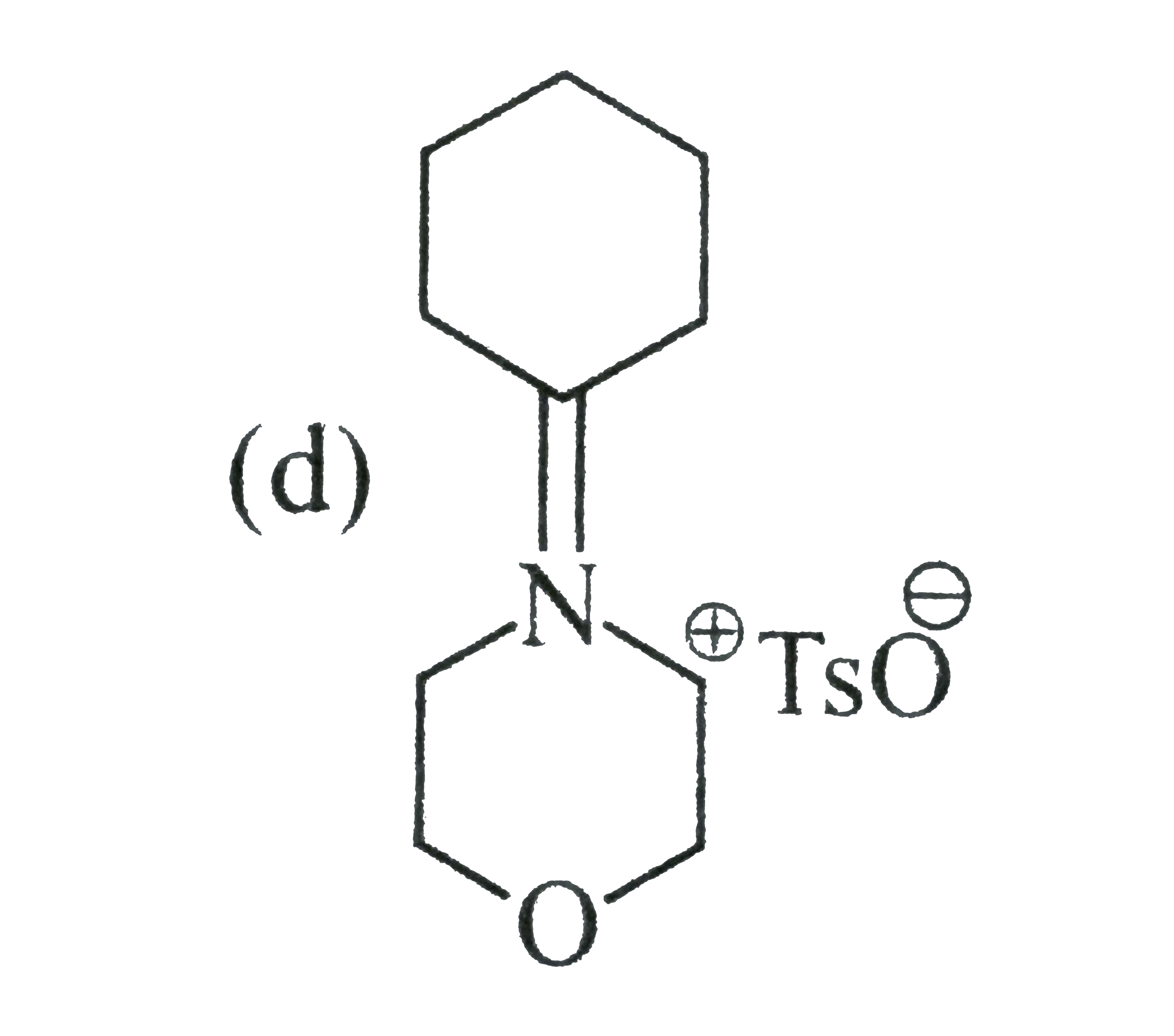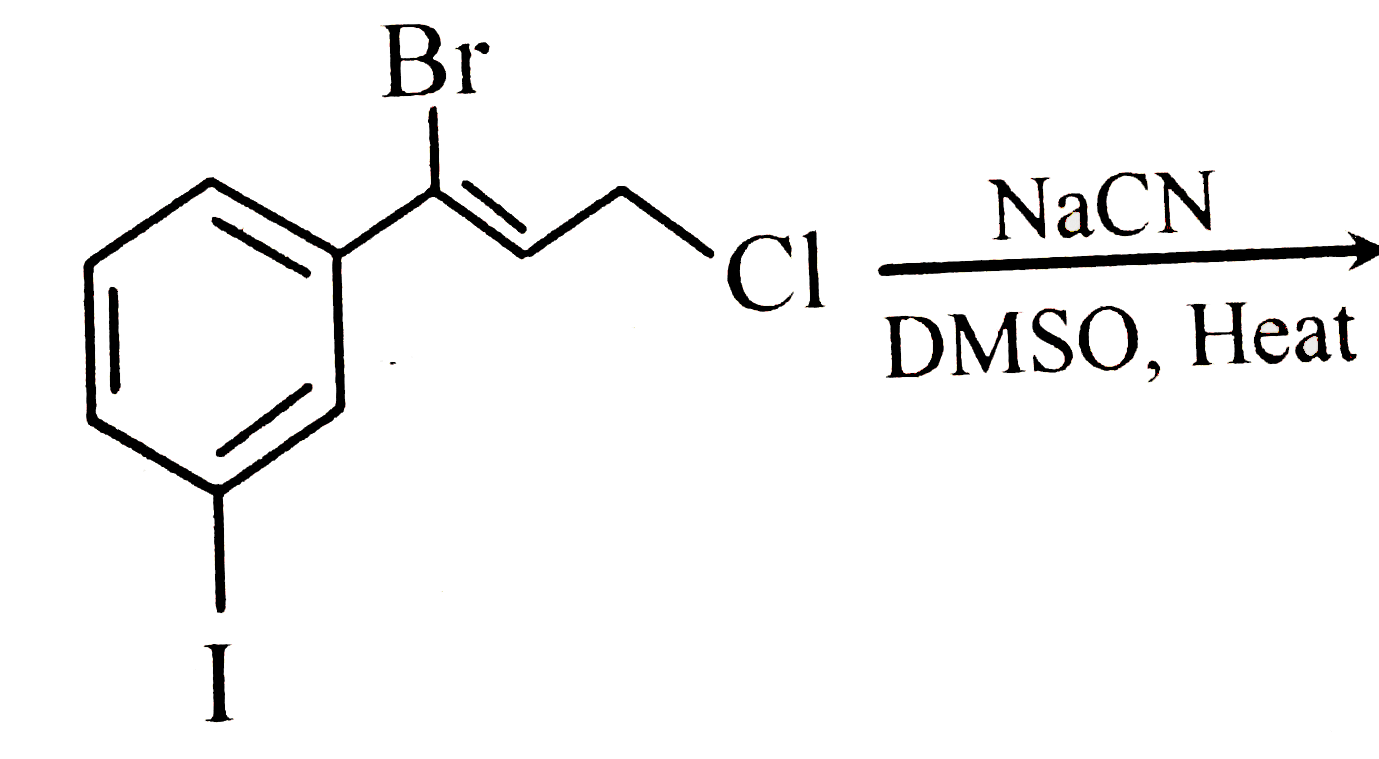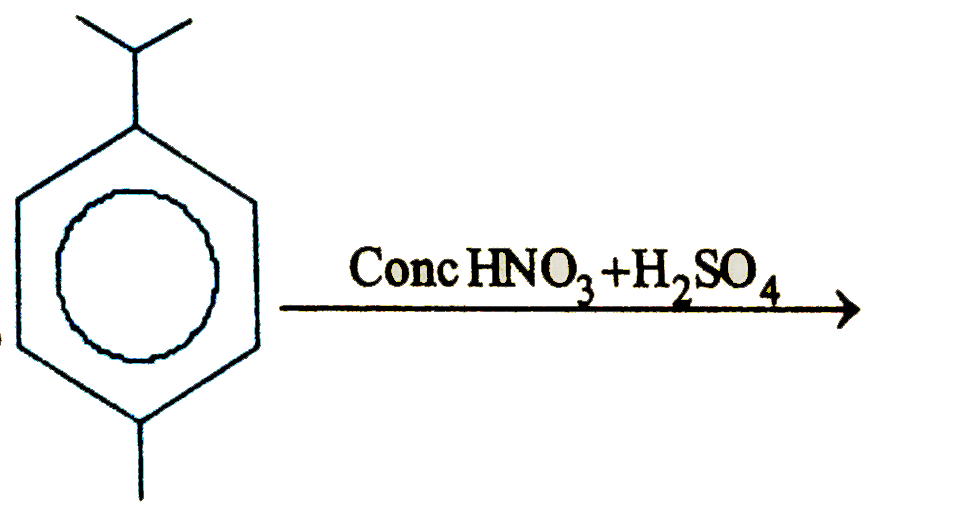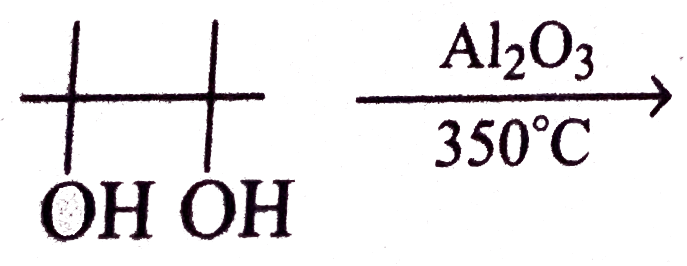2-Bromopentane is treated with alcoholic KOH solution. What is the major product formed in this reaction? What is the name of the reaction?
To solve the problem, we need to analyze the reaction of 2-bromopentane with alcoholic KOH and determine the major product formed, as well as the name of the reaction.
1. Identify the Reactant: The reactant is 2-bromopentane. It has a five-carbon chain with a bromine atom attached to the second carbon. The structure can be represented as follows:
- CH3-CHBr-CH2-CH2-CH3
2. Understand the Reagent: The reagent used is alcoholic KOH. Alcoholic KOH is a strong base and is known to facilitate elimination reactions, specifically dehydrohalogenation.
3. Determine the Type of Reaction: The reaction that occurs is called dehydrohalogenation. This means that a hydrogen atom and a halogen atom (in this case, bromine) will be eliminated from the molecule.
4. Elimination of HBr: During the reaction, HBr is eliminated from the 2-bromopentane. The bromine atom will be removed from the second carbon, and a hydrogen atom will be removed from an adjacent carbon (either the first or the third carbon).
5. Formation of Alkene: The elimination of HBr leads to the formation of a double bond between the carbons. The possible products are:
- If H is removed from C1: CH2=CH-CH2-CH2-CH3 (1-pentene)
- If H is removed from C3: CH3-CH=CH-CH2-CH3 (2-pentene)
6. Identify the Major Product: According to Zaitsev's rule (or Saytzeff's rule), the more substituted alkene is favored as the major product. In this case, 2-pentene (where the double bond is between the second and third carbons) is more substituted than 1-pentene (which has the double bond at the first carbon). Therefore, the major product is:
- 2-pentene
7. Final Answer: The major product formed from the reaction of 2-bromopentane with alcoholic KOH is 2-pentene, and the name of the reaction is dehydrohalogenation.
- CH3-CHBr-CH2-CH2-CH3
- If H is removed from C1: CH2=CH-CH2-CH2-CH3 (1-pentene)
- If H is removed from C3: CH3-CH=CH-CH2-CH3 (2-pentene)
- 2-pentene
Topper's Solved these Questions
- HALOALKANES AND HALOARENESBook:DINESH PUBLICATIONChapter:HALOALKANES AND HALOARENESExercise:Question From board Examinations
Explore 72 Videos
- HALOALKANES AND HALOARENESBook:DINESH PUBLICATIONChapter:HALOALKANES AND HALOARENESExercise:Higher Order Thinking Skills Questions
Explore 9 Videos
- HALOALKANES AND HALOARENESBook:DINESH PUBLICATIONChapter:HALOALKANES AND HALOARENESExercise:Long Answer type Question
Explore 3 Videos
- GENERAL PRINCIPLES AND PROCESSES OF ISOLATION OF ELEMENTS Book:DINESH PUBLICATIONChapter:GENERAL PRINCIPLES AND PROCESSES OF ISOLATION OF ELEMENTS Exercise:Brain Storming Multiple Chocie Questions
Explore 7 Videos
- HYDROCARBONSBook:DINESH PUBLICATIONChapter:HYDROCARBONSExercise:All Questions
Explore 493 Videos
Similar Questions
Knowledge Check
The major product formed in the reaction:
 A
A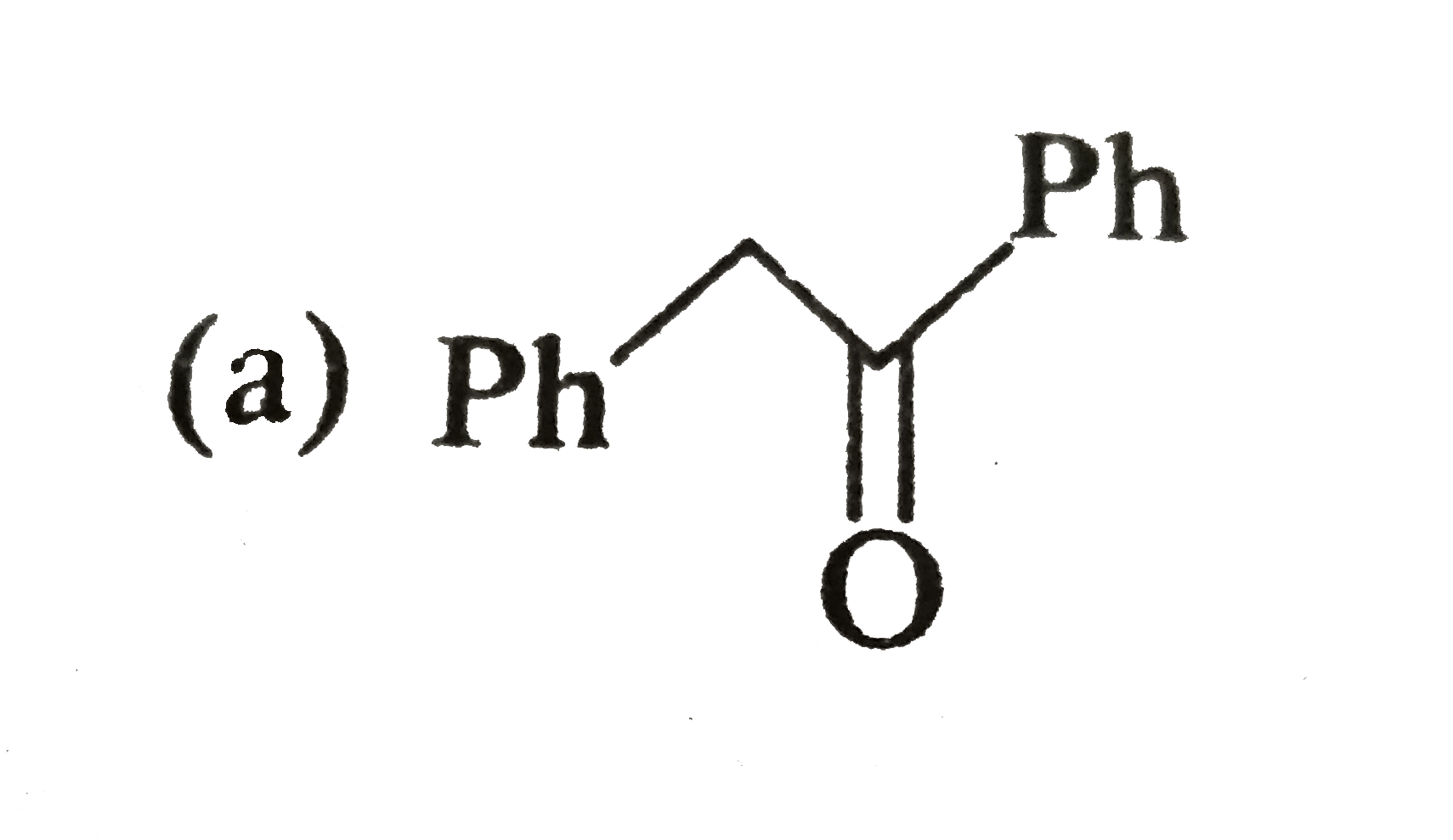 B
B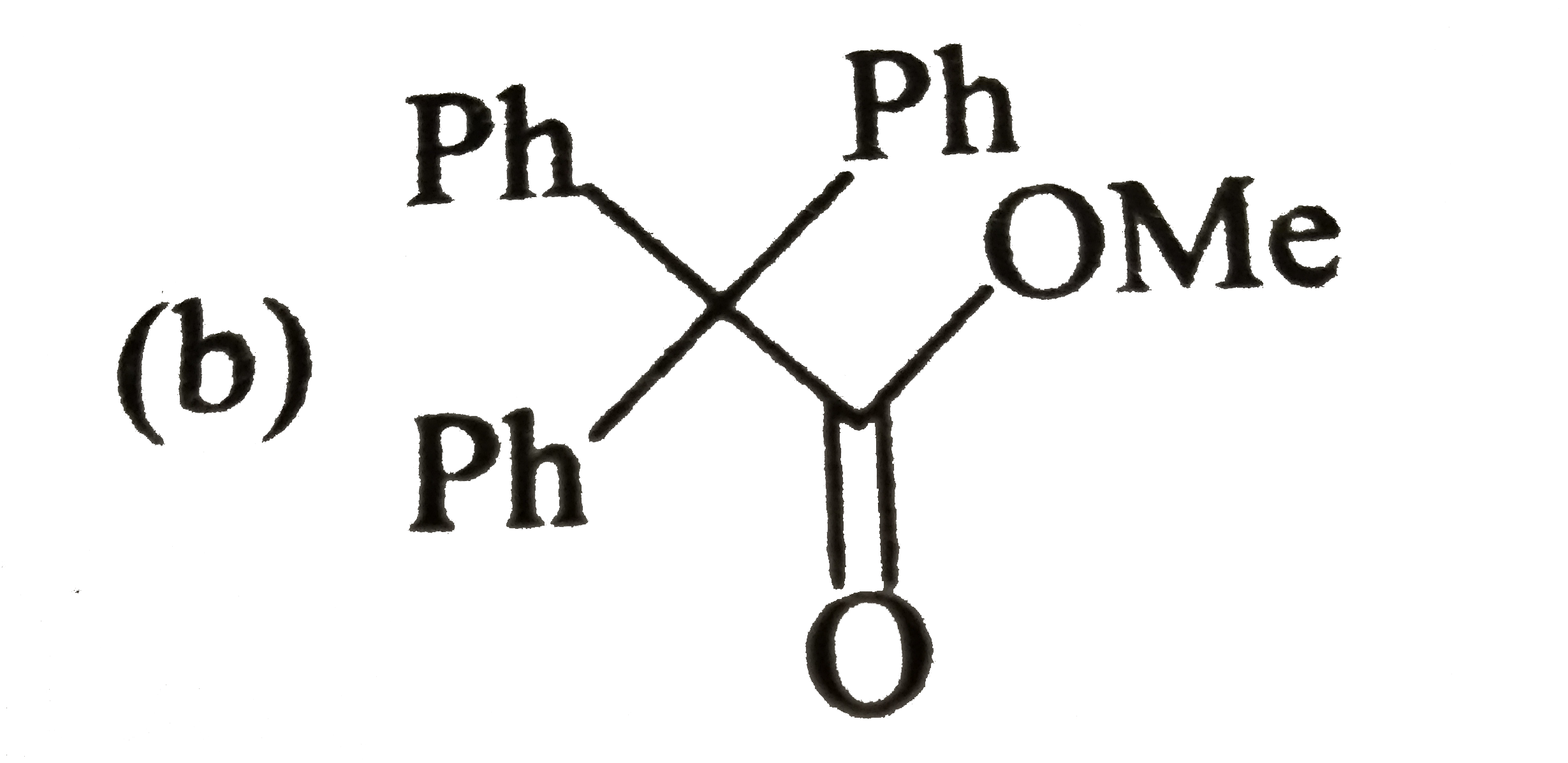 C
C D
D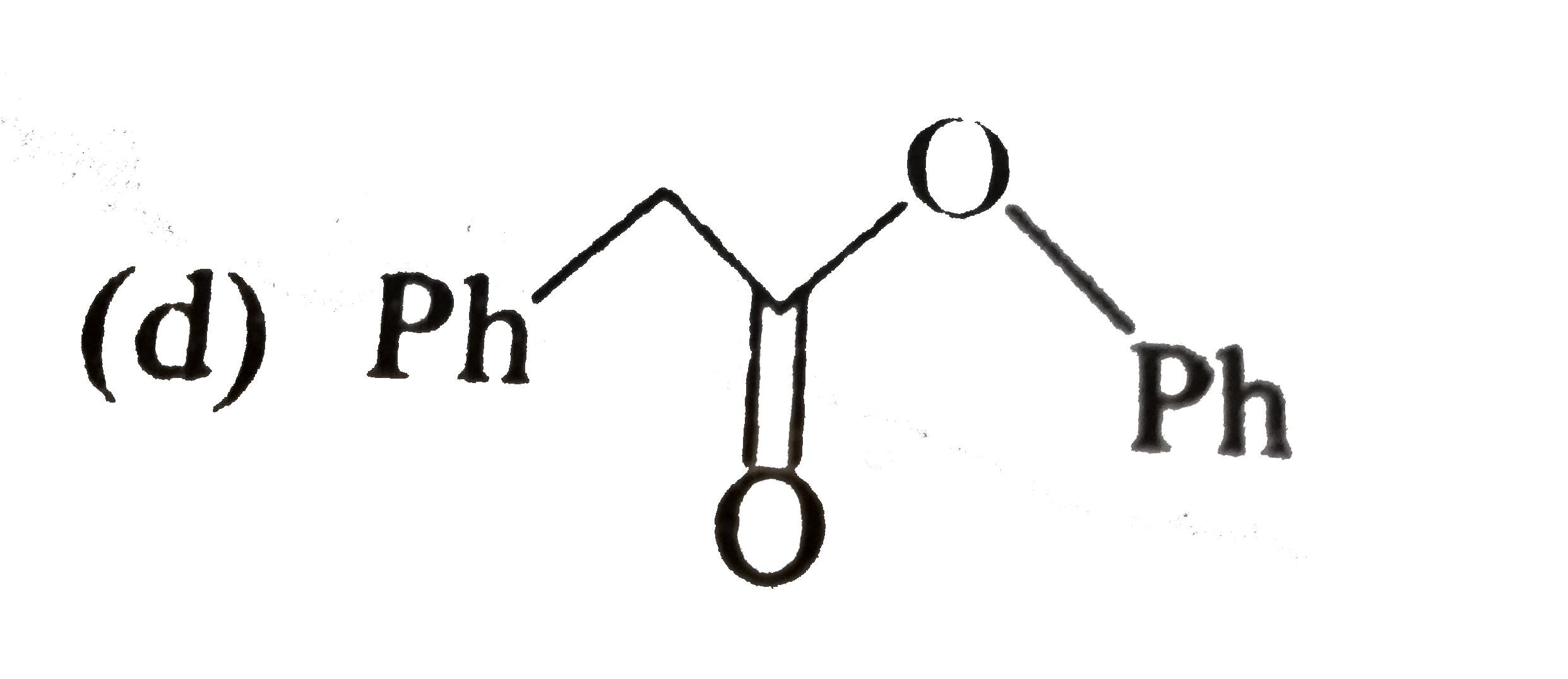
The major product formed in the reaction:
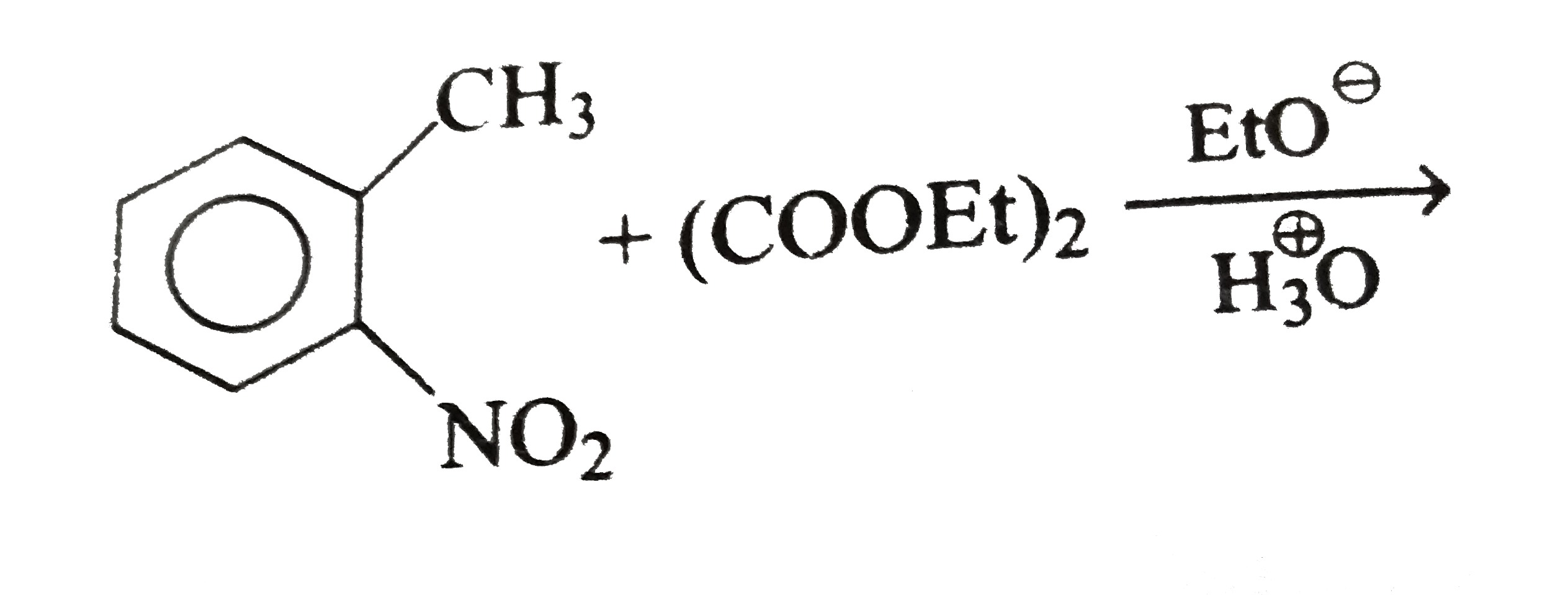 A
A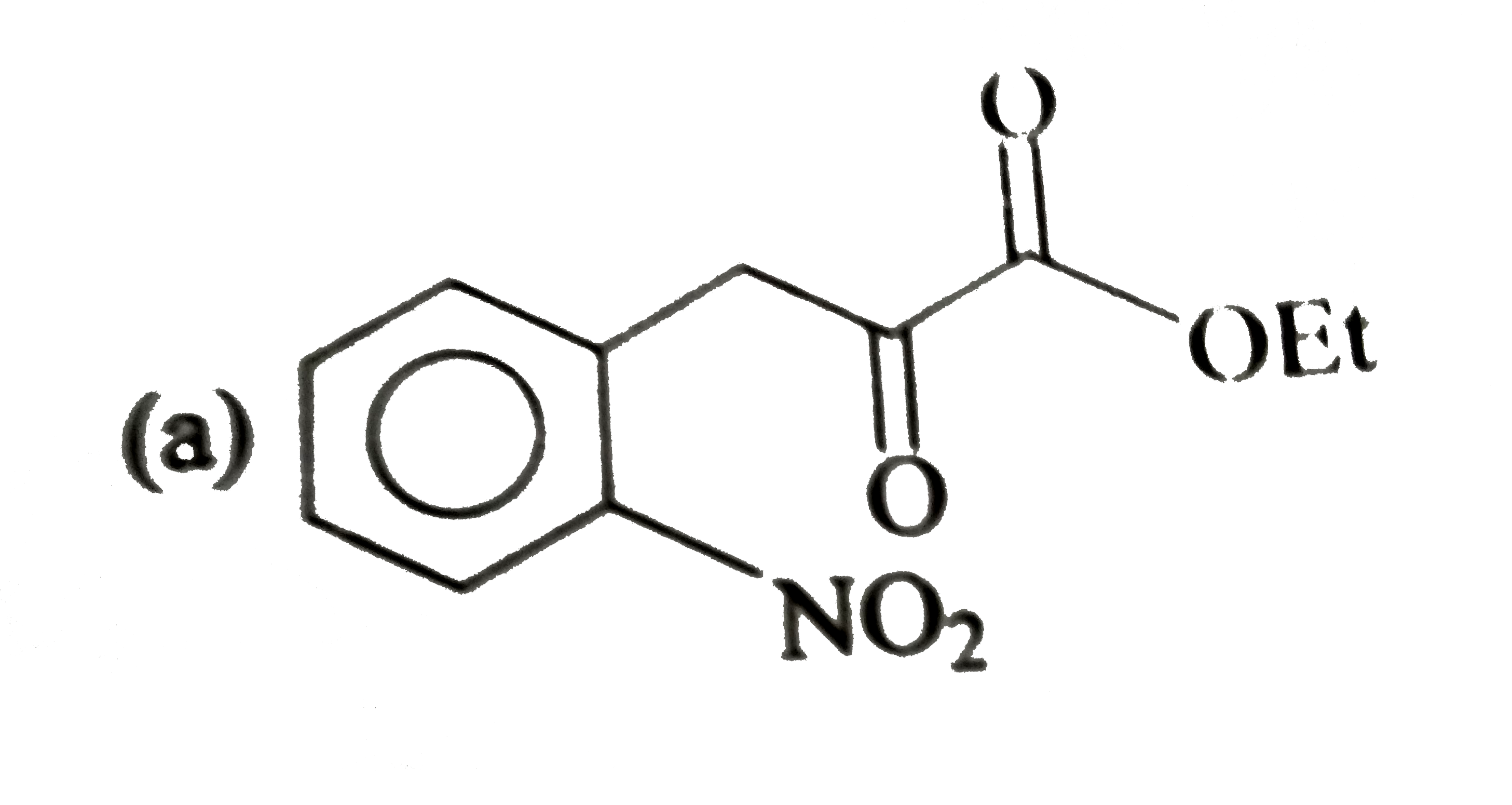 B
B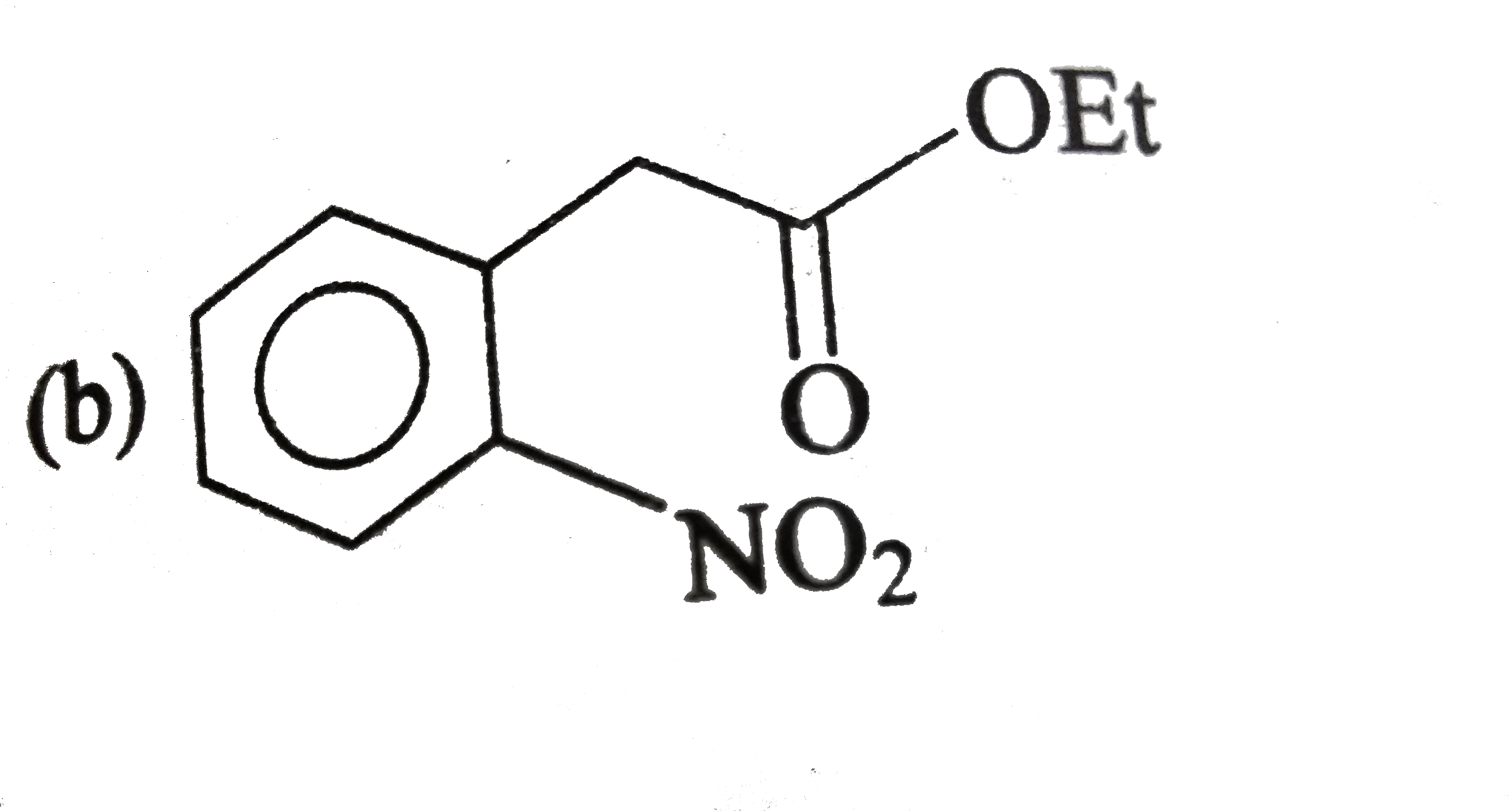 C
C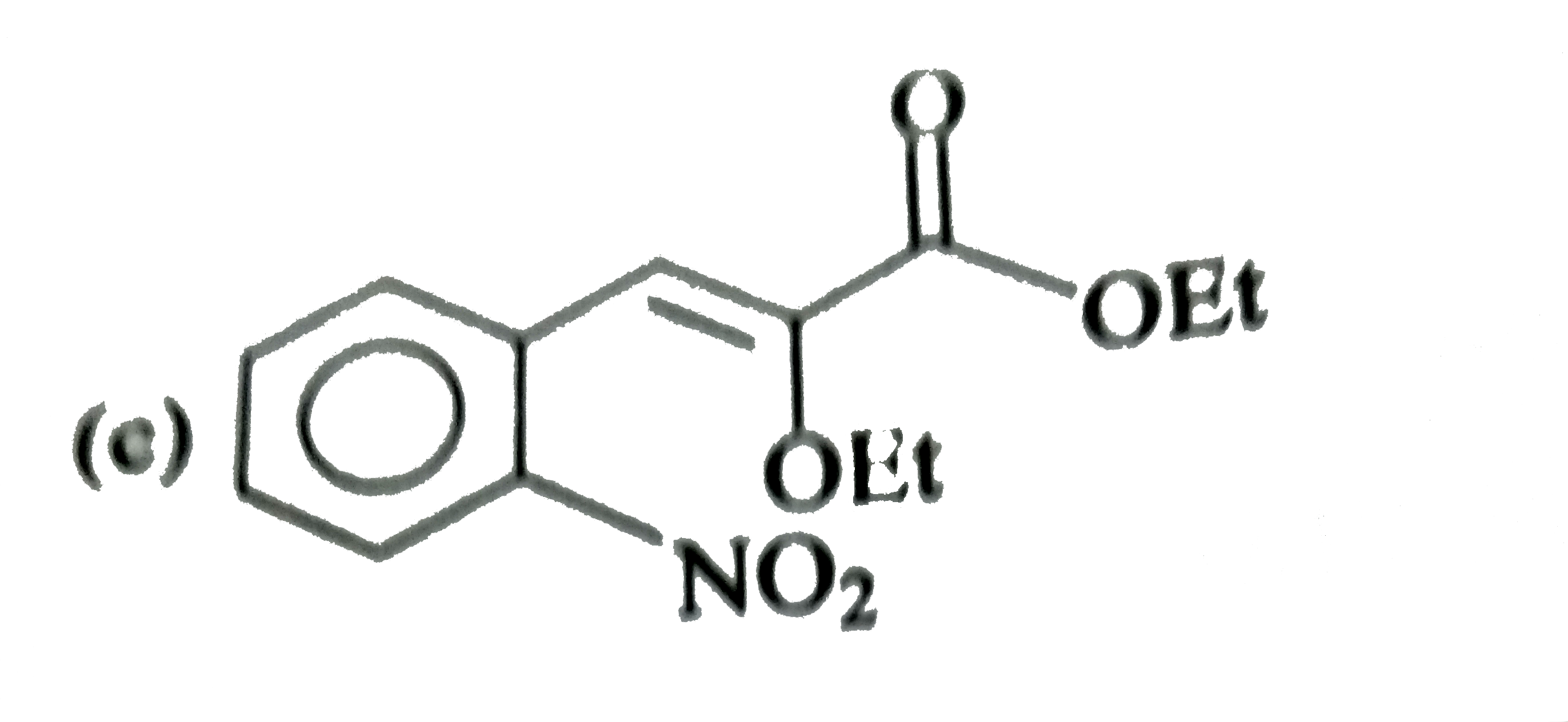 D
D
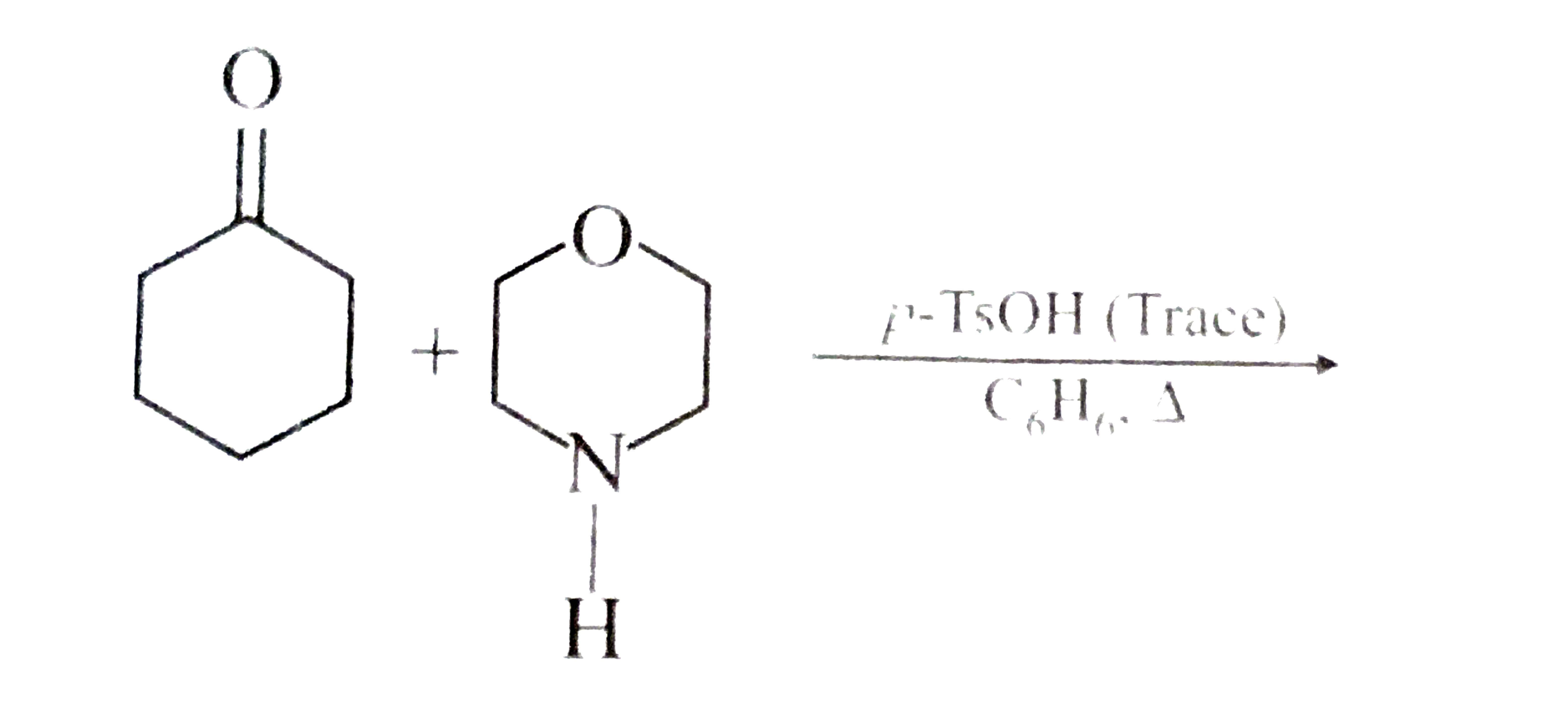
The major product formed in the reaction:A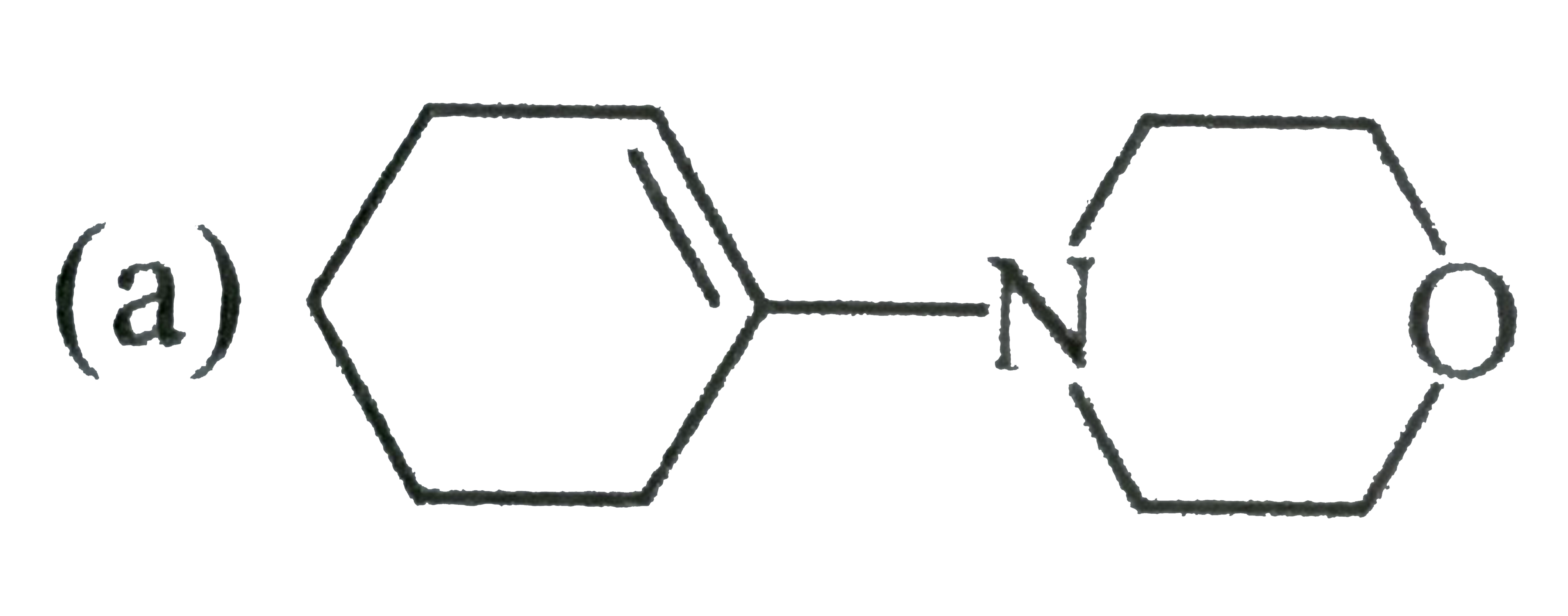 B
B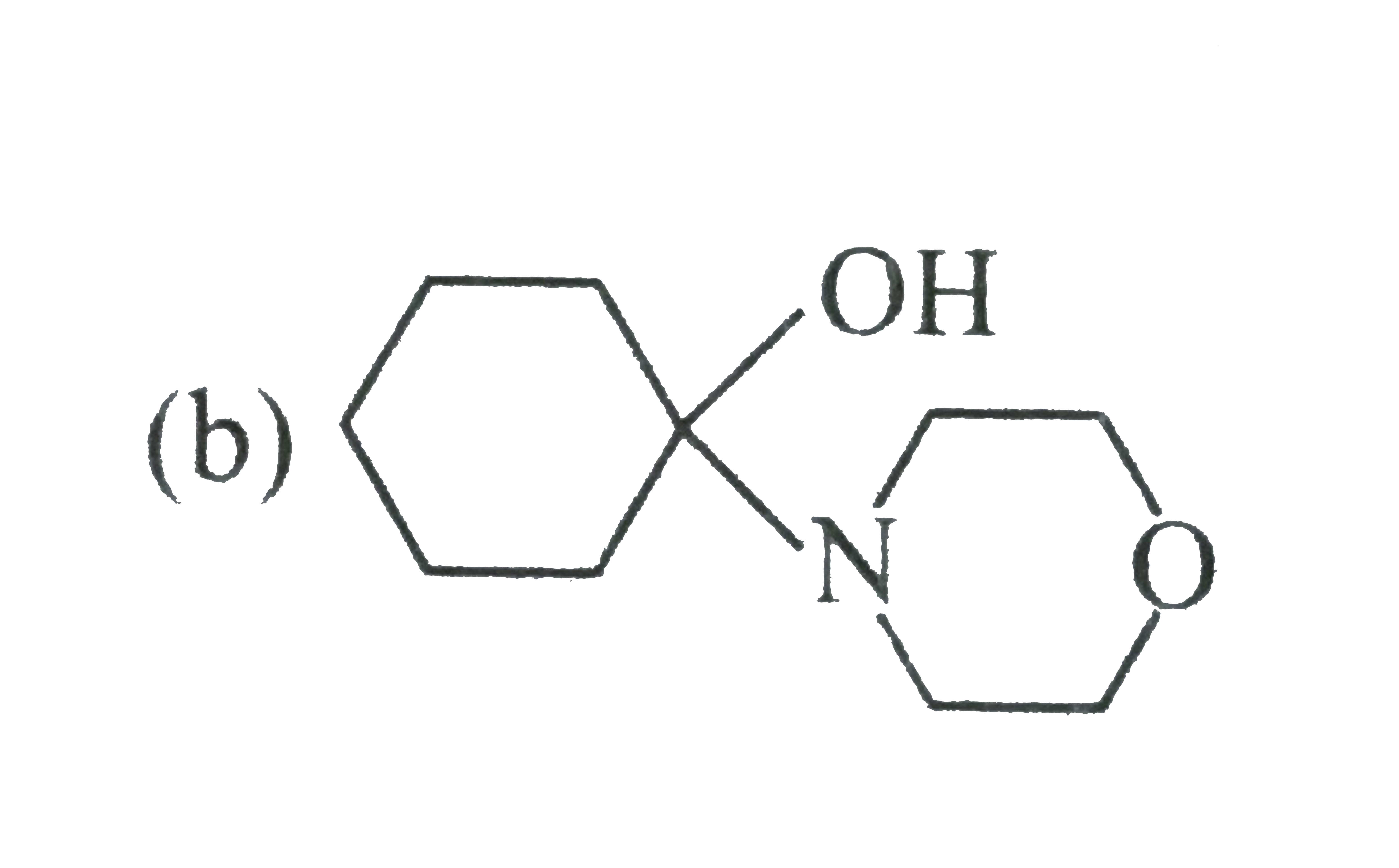 C
C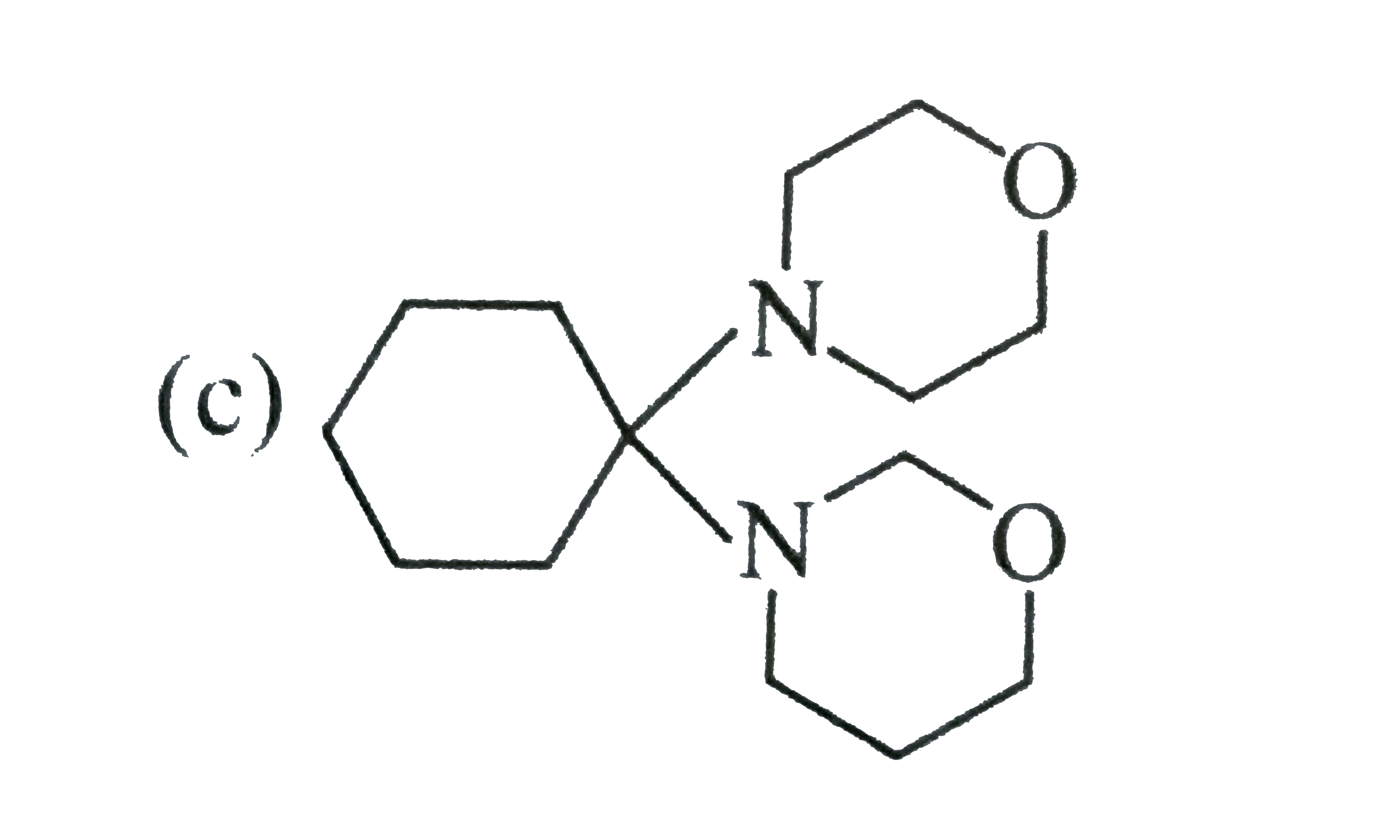 D
D